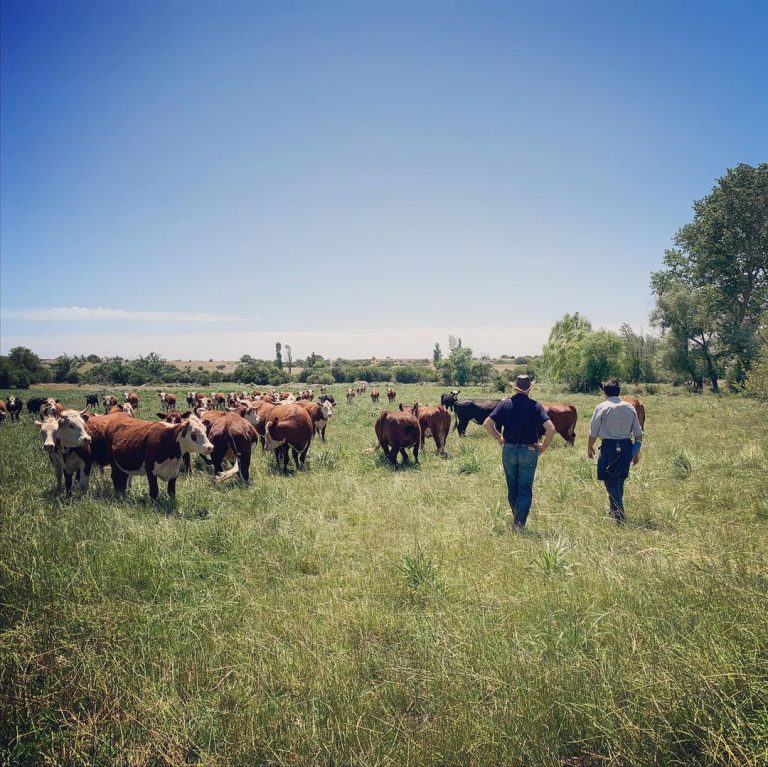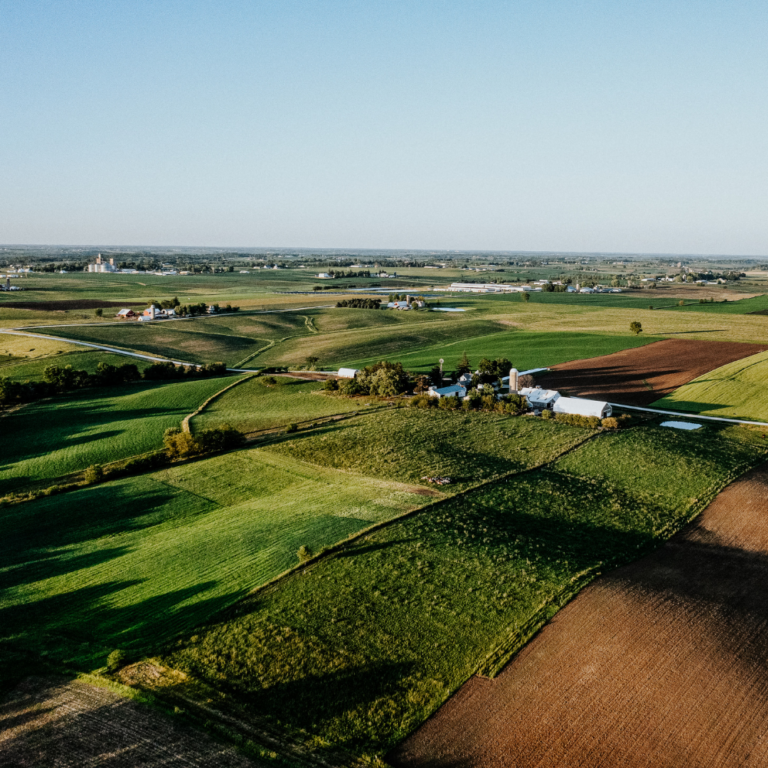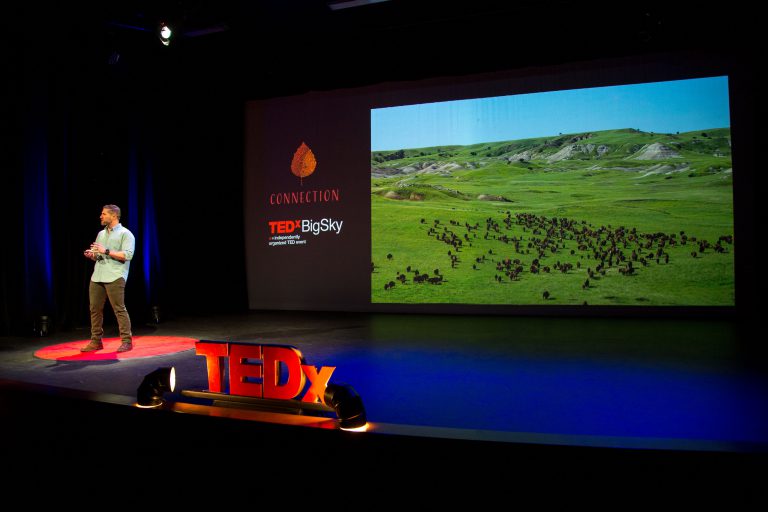What do these three things have in common with Holistic Land Management? What exactly is the power of Holistic Management? What does holistically managed land look like? How can Holistic ranching or farming benefit me financially, my ranch, and my community?
All of your questions will be answered in the illustration below.
We’ve all heard the saying “Money makes the world go ‘round.” Stop and think about it. In today’s world, cash is “king” when it comes to paying for goods and services, whether that is for the little everyday items, or when it comes to government policies like Cap and Trade to mitigate the effects of pollution through carbon emissions and greenhouse gases. You are probably wondering what cows have to do with this, and by the end, you will know.
For a moment, think of yourself as the director of a movie, and you are at the beginning of the movie. The image you start with is looking at Earth from outer space, and you slowly pan in closer to Earth, zooming in closer on North America, then to the United States, then to the West Coast, then the center of California, to a field just south of the state capitol of Sacramento, where there is a cow eating grass in a field of oak trees. Zooming in even closer you see deep grass, birds, insects of all kinds, a brave coyote off in the distance hunting a gopher, and little stream close by, with sun light illuminating everything through a brilliantly clear blue sky. Beautiful isn’t it?
Now look at the grass and take a moment think about what it is doing. The grass is taking the sunlight that is making its way to Earth, pulling carbon out of the air in the form of CO2, adding a little water, converting that to carbohydrates (sugars) and oxygen. This is the process known as photosynthesis, which happens in green, growing plants.
This happy cow (come on, she’s from California) eats the grass, converting it to food and fiber for humans. Zooming back out on your movie and across the landscape, you see that there are millions of cattle dotting the countryside. These cows are doing what they do best, converting tons of grasses, that humans can’t digest, to something that is digestible or usable into beef products-steaks, hides, or dairy products. The owners of those cows in turn convert the beef products to cash, using the money to carry on with their lives in their local communities.
As you move across the countryside, you see some cows in a field of tall, dark green, and dense stands of grass, and it looks like that across the whole ranch. Just across the fence line on the neighboring ranch, the grasses are starting to turn yellow, indicating the slowing and eventual halt of photosynthesis, with shorter, less dense, grass stands than the neighboring field.
What is the difference between the two?
The rancher with the yellowing, less dense grass, has managed livestock in a conventional way, allowing continuous grazing of the cattle across the landscape. Grazing in this manner, over a number of decades, has caused the land to deteriorate in terms of productivity. In other words, the land a hundred years ago could sustain 500 cows, now can only maintain one third of that, around 165 cows. Effectively, he his able to produce fewer and fewer dollars as the number of cows he can feed dwindles. This in turn negatively effects his cash, and also the amount of carbon his ranch is able to cycle on a given year.
The neighboring ranch with the dense, tall stands of dark green grass, has the cows grazing as Nature developed over the millennia. This rancher understands that he lives in an arid environment, where large grazing animals, also known as prey, co-evolved with large predators, both of which had a strong influence on the plants and landscape, based the duration and extent of time all three inter-acted with one another.
In addition, this rancher knows that time to recover from an intense predator-prey- landscape event is vitally important to improving the health and vitality of all three entities. This rancher started off in the conventional way with about 100 cows on his place, transitioning quickly to grazing as Nature intended, and in 10 years, has doubled the number of cows he can feed on the same amount of acreage. This rancher has understood how to work with Nature in order to increase his total number of cows, increase his carbon cycling through increased photosynthesis, and certainly his income.
How is this possible? How could two different management styles end up with two strikingly different results? The answer lies in not what was done, but the manner in which it was done.
The second rancher has taken an entirely different approach, understanding the importance of not only how Mother Nature functions, but also how everything is interconnected with everything else. He is using various tools at his disposal, along with his creativity, in order to create a landscape that is increasingly productive at capturing carbon, which converts to more cows, which converts to more cash in his pocket. This is because he takes action using the principles of Holistic Management. It is the foundation of his growing success financially, ecologically, and socially, and his neighbors are envious of his green grass.
Now you see in on small way how carbon, cash and cows are part of the larger scene of commerce, the environment, and within a local community. Cows are neither good nor bad, however, they can be used in way to either positively or negatively influence the land, the cycle of carbon via photosynthesis, and ultimately as cash. Holistic Management is the key to unlocking the inherent potential in the land, the cows, and the community.
Written by Fallon Turner Stover, a California rancher and Savory Institute Professional Educator.




